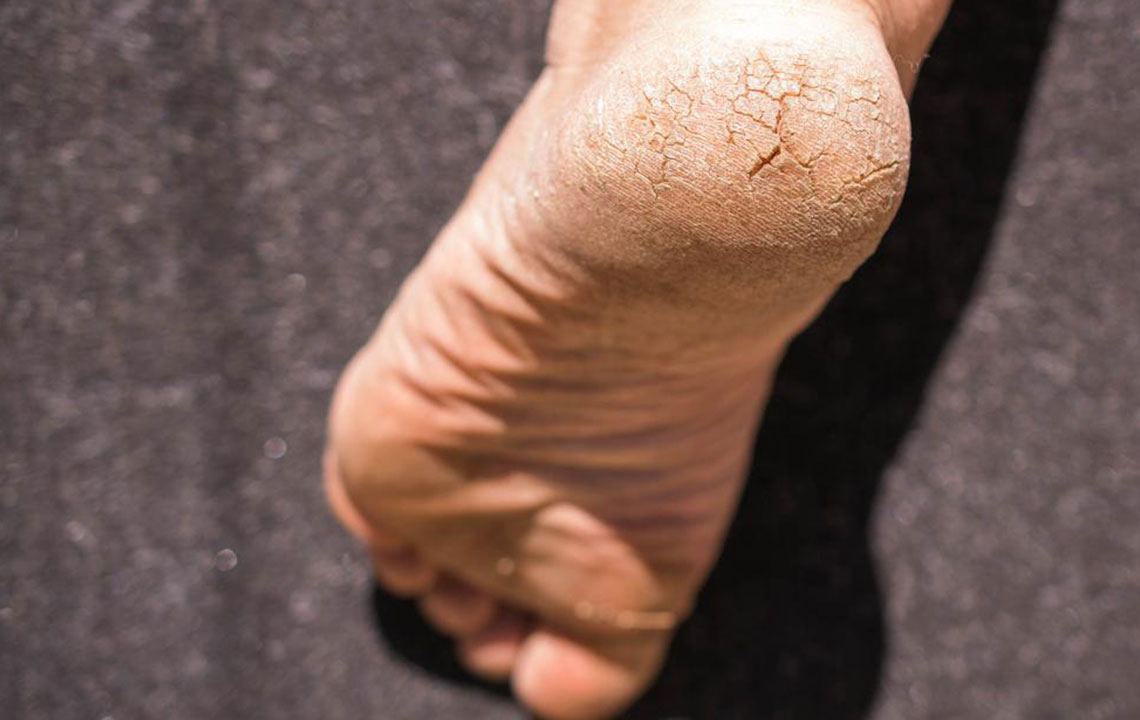Getting Relief in Heel Pain Naturally

Heel pain is a common process and makes walking difficult. This pain is usually felt in the heel, arch or feet or at the bottom region of the heel. This pain usually worsens in the morning, and people who wear flat shoes often encounter this pain.
The common causes of heel pain include sprains, fractures, and injuries. Medical conditions as arthritis, plantar fasciitis, and heel spur also lead to pain in the feet.
Treatment for heel pain can be done at home with the help of various natural methods. Below are listed some of the ways in which pain relief methods can be tried at home.
Using ice as a treatment for heel pain
Treatment for heel pain can be done with the help of ice by applying ice to the heel in cold compress. Due to its numbing effect, the cold temperature controls inflammation and pain.
A cold compress can be prepared by putting some crushed ice in a plastic bag. This ice is then wrapped in a thin towel. This ice should then be applied to the pain bearing area. This process can be repeated 2-3 times in a day if needed. Alternatively, a frozen bottle of water can also be rolled over the area where pain has been experienced. However, take care to not apply ice directly to the foot in the area where it is paining since it might cause frostbite.
Massage
Massage is another of the treatment for heel pain that should be tried. Though it cannot be considered as a long-term relief option, it does offer immediate relief from foot pain. This happens as muscles get relaxed and stiffness of feet is reduced. This therapy can be tried at any hour of the day though the best part would be to do this before you go to bed.
Different oils including coconut, sesame and mustard can be used for the massage. Take care to apply only warm oil and apply pressure to the painful area with the help of thumb to effectively get relief from heel pain. This massage should be done for 10 minutes and can be repeated for a few times until the pain subsides.
Stretching Exercise
Stretching exercise is also known to reduce the heel pain and strengthen the muscles in the foot area thus preventing any further pain. For doing this exercise, a person has to stand barefoot some feet away from a wall.
You should press into the wall using both hands. Place one foot forward and lean thus feeling the stretch. Ideally, this position should be held for a period of 30 seconds. Sides can be switched and the exercise repeated for better results.
If this exercise is done up to 10 times on each side, imminent relief will follow.
Soaking in Epsom Salt
For the better treatment of heel pain and some instant relief, Epsom salt soak can also be tried. The magnesium sulfate crystals in this salt will help in reduction of pain and will also reduce the inflammation and pain. For doing this process up to 3 tablespoons of Epsom salt are to be mixed in a tub which contains warm water. The feet are to be soaked in this water for fifteen to twenty minutes.
Before moisturizer is applied to the feet, they should be pat dried. After that, the heel has to be massaged gently for around 5 minutes. This process should ideally be repeated 2-3 times in a week, and the pain will subside.
Turmeric
Turmeric is considered to be an excellent remedy for the treatment for heel pain. Curcumin which is an important component of turmeric is known to have anti-inflammatory properties and helps in reducing the incidence of pain. For practicing this remedy, mix a cup of milk and a teaspoon of turmeric powder in a pot. This mixture has to be simmered at low heat for 4-5 minutes. Some raw honey can also be added to this mixture. Drinking this preparation 2-3 times in a day offers strength to the bones and act as a treatment for heel pain.
Alternatively, a turmeric supplement (400 to 600 gram) can also be taken 3 times in a day. The doctor should, however, be consulted before any supplement is taken.
Fish Oil
Using fish oil on a daily basis also helps in treating heel pain. This helps in cases when heel pain has been caused due to arthritis or bone spur. Fish oil helps in reducing the heel pain since it is a rich source of omega 3 polyunsaturated fatty acids. 3 grams of fish oil taken twice on a daily basis will help as it contains 30 percent of Eicosapentaenoic acid (EPA). However, if you are taking some blood thinning or diabetic medicines, fish oil supplement should not be taken.


